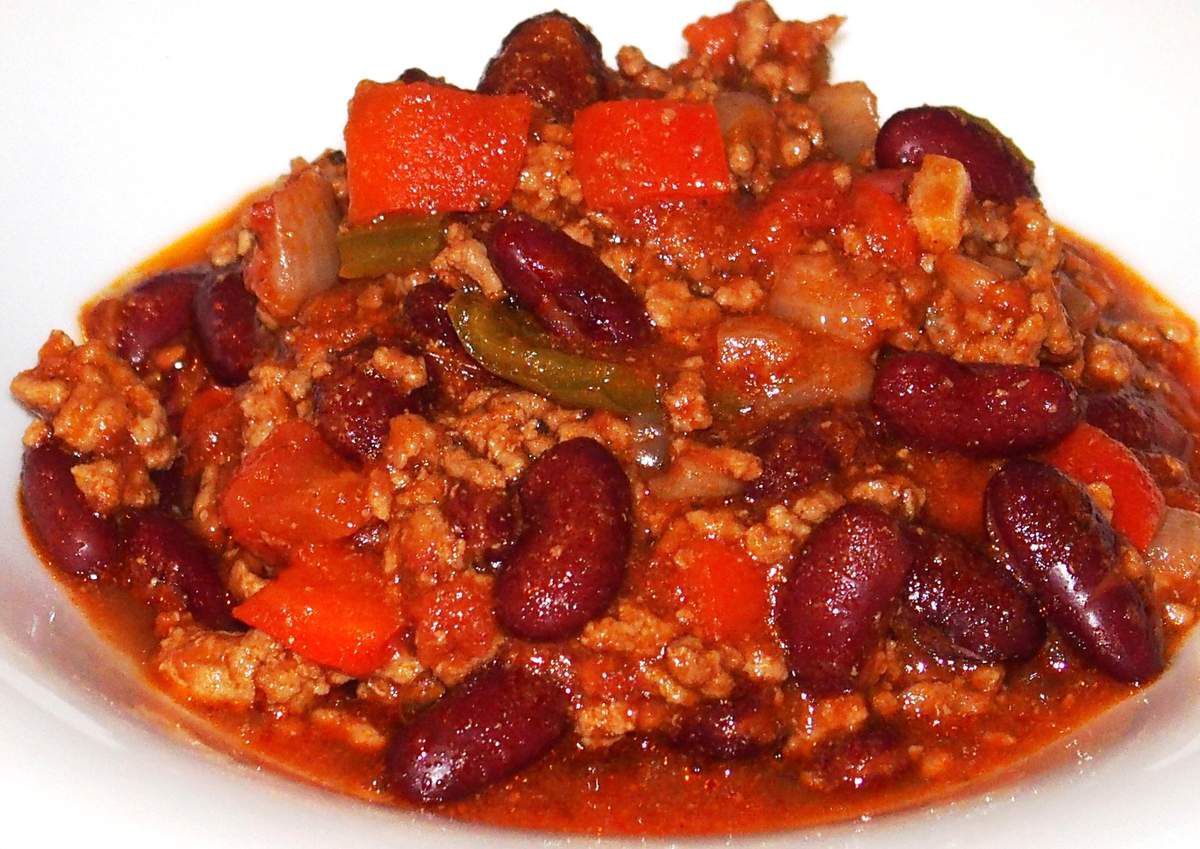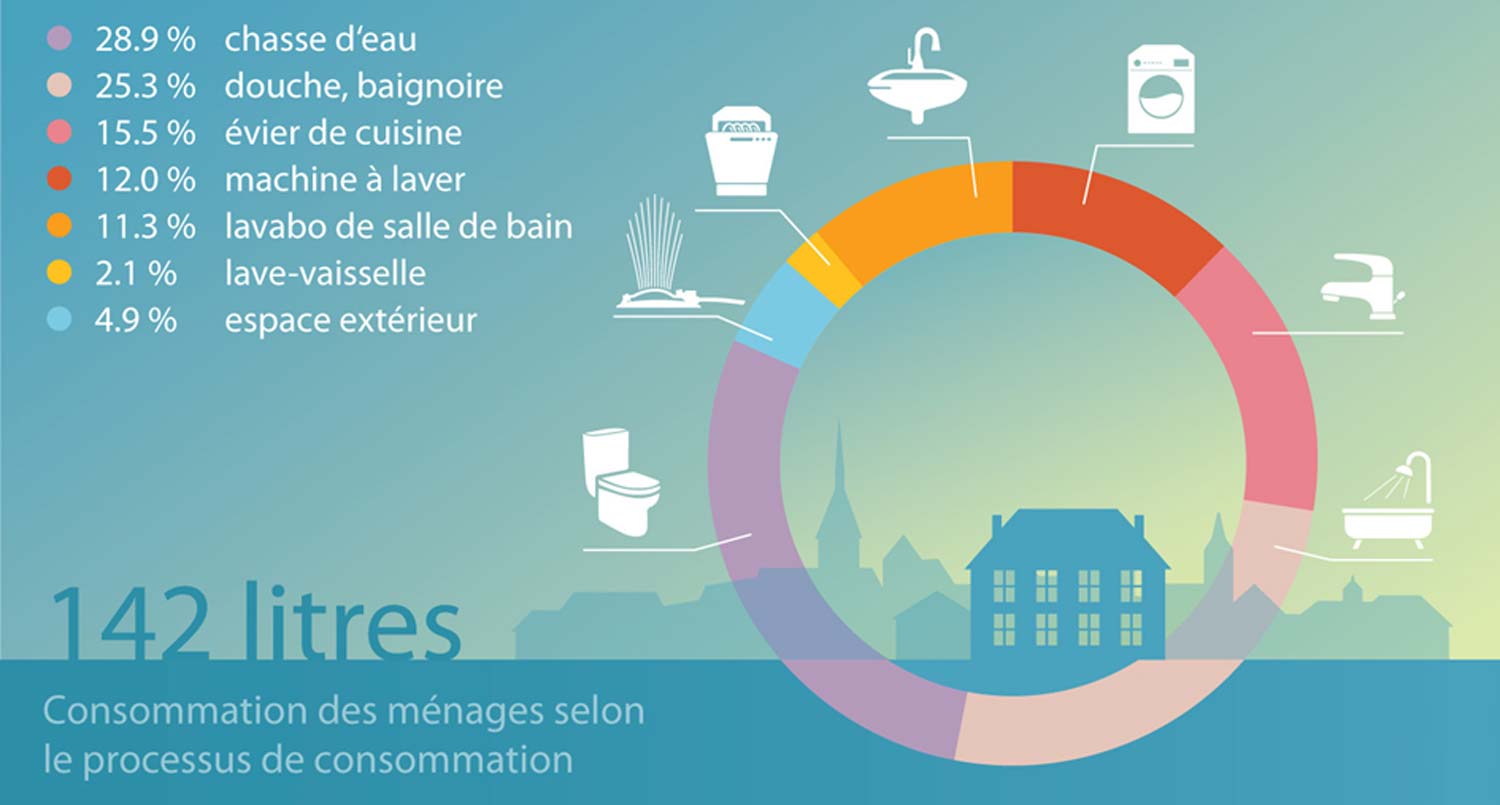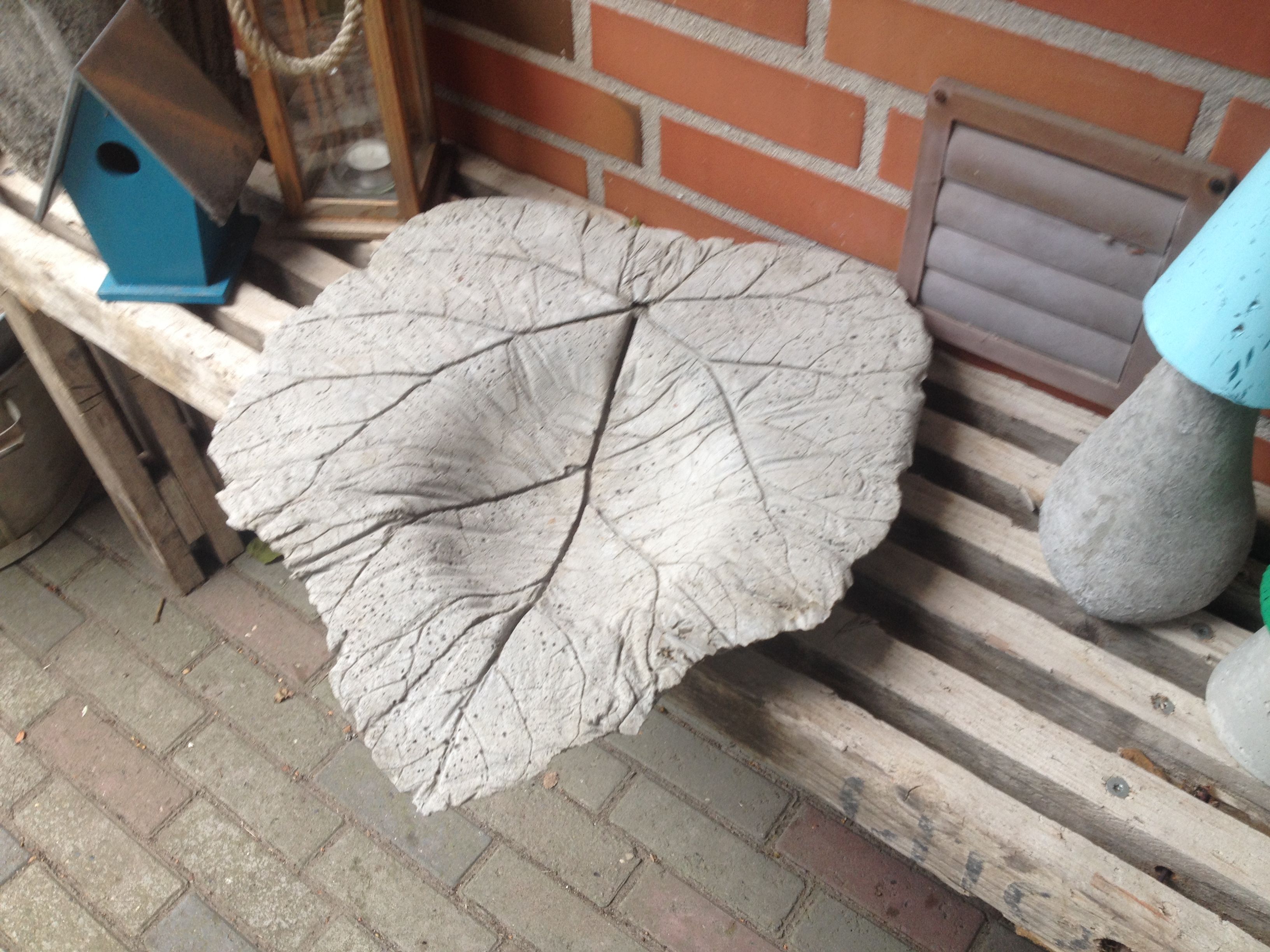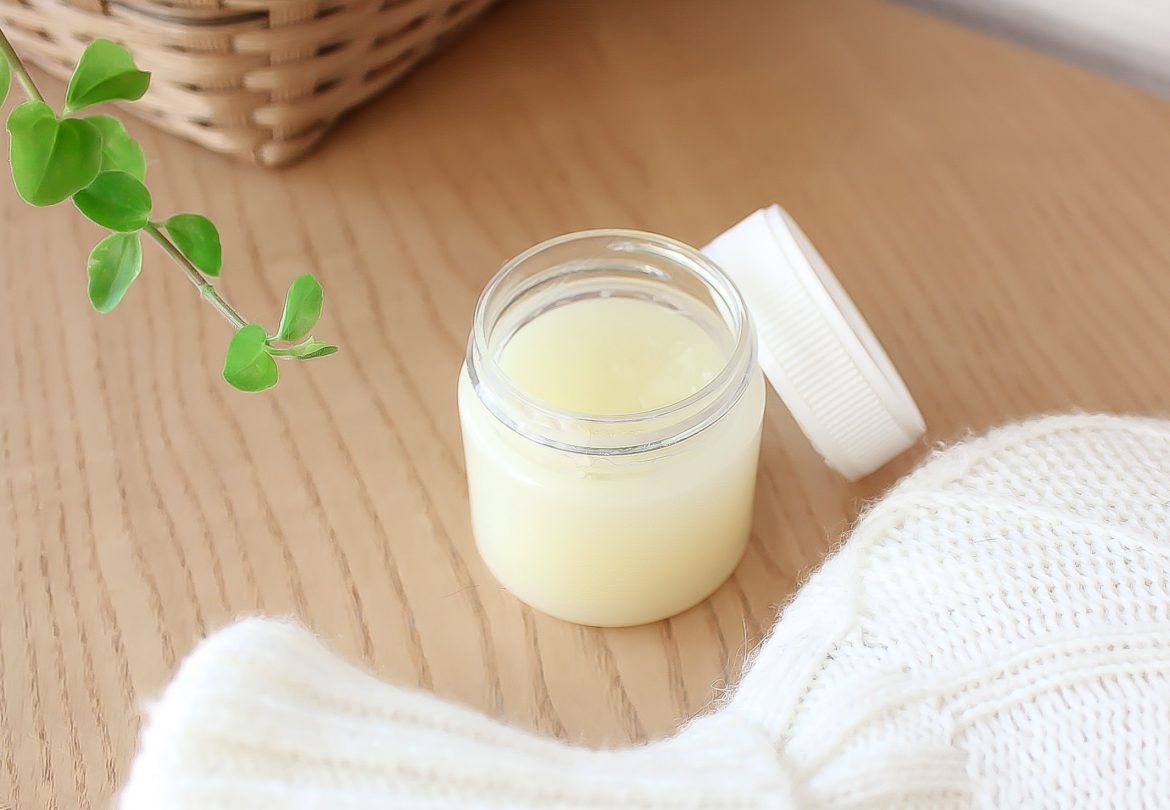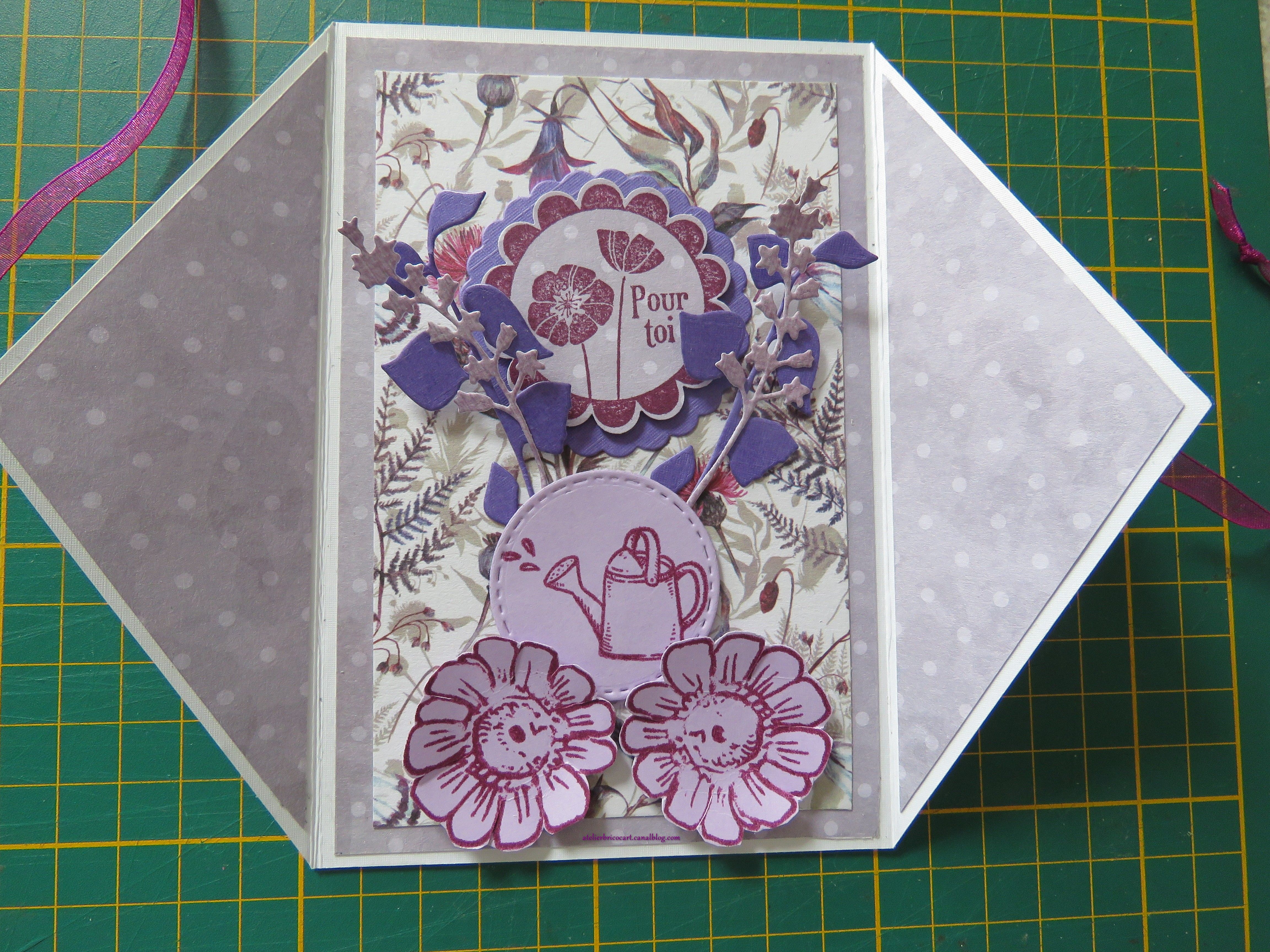The Simple And Quick Tip To Effortlessly Whiten The Bottom Of The Bowl.
Tired of having the bottom of the toilet bowl full of scale?
It is true that it is not very clean especially when we have guests!
So how about being able to whiten the bottom of the bowl easily?
Luckily, there is a simple and effective way to get rid of tartar encrusted in your toilet effortlessly.
And don't worry, this tip is quick and takes no more than 5 minutes to blanch the bottom of the bowl.
All this, without scratching the porcelain of course! You do not believe me ? Here is the proof:

What you need
- soda ash
- sanding grid
- household gloves
How to do

1. Cut two small squares of sanding grid and set them aside.
2. Put on the household gloves.
3. In a basin, put three tablespoons of soda crystals.
4. Pour a liter of hot water over it.
5. Mix well with a spoon.
6. Pour the mixture down the toilet, being careful not to splash.
7. Leave this active mixture on for 15 min.
8. With the gloves, pass the sanding grid over the traces of limestone in small circular movements.

9. Now flush the toilet and admire the results!
Results

And there you have it, the bottom of the toilet bowl is now perfectly clean :-)
Easy, fast and efficient, isn't it?
No more black marks at the bottom of the toilet bowl!
It's still cleaner like that, especially when we have guests at home ...
Not to mention that it is more economical than buying chemicals for toilets ... And it's 100% natural!
Do not apply too much pressure when rubbing with the sandpaper.
The objective is to eliminate traces of limestone. No destroying the porcelain of the toilets!
What is the difference between hard water and hard water?
- Hard water or hard water is water that contains a significant amount of dissolved minerals, such as calcium and magnesium.
- Non-hard water or soft water contains less dissolved minerals. Or once processed, it contains only one ion, sodium. Rainwater, for example, is soft water, of course.
How does the water become hard?
The water turns hard as it makes its way through the ground and into our waterways.
Along the way, this water accumulates minerals like chalk, lime, calcium and magnesium.
Advantages and disadvantages of hard water
Um ... just a minute ... is there really any benefit to having hard water? Eh yes ! Look...
Considering that hard water is loaded with all of these essential minerals (so important to health), one might wonder why one should seek to soften this water.
It's true, if hard water tastes better and is also healthier, why waste it all?
Despite its obvious properties, hard water is unfortunately bad for household appliances (dishwasher or washing machine).
Not to mention that it is not easy to clean the traces of limestone left by hard water.
In short ... Not only is hard water less efficient, but it also generates greater energy consumption due to the build-up of limescale which becomes encrusted everywhere.
And that is precisely the problem!
Where do the black marks at the bottom of the bowl come from?
Hard water and nothing else!
Of course, it can be a bit more complicated than that. Because all traces in the toilet do not necessarily have the same cause.
But if your toilet looks like mine, I'm not taking much risk by saying you have hard water.
Methods that don't work
- Bleach
- Cleaning gel for WC type Domestos
- These famous tablets that make the water in the toilets blue
Unfortunately, neither of these solutions is effective.
In fact, I even learned that bleach can worsen the lime traces caused by hard water.
And even make them permanent!
Your turn...
Have you tried this grandmother's trick for descaling very dirty toilets? Tell us in the comments if it worked for you. We can't wait to hear from you!
Do you like this trick ? Share it with your friends on Facebook.
Also to discover:
Coca-Cola, Good for Cleaning My Toilets!
Against Tartar More Need of WC Duck! Use White Vinegar instead.





